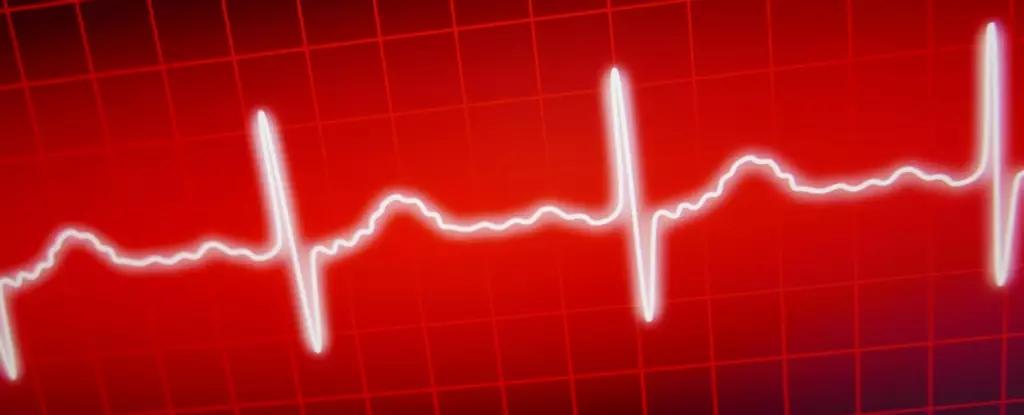Cardiac arrest is a critical medical emergency that demands immediate intervention. When the heart stops beating, every second counts, making it imperative for bystanders and first responders to act swiftly. In such dire situations, automated external defibrillators (AEDs) become vital tools for reviving individuals. However, the effectiveness of these life-saving devices can hinge significantly on proper usage. This article explores new research findings regarding the optimal placement of defibrillator pads and emphasizes their potential to enhance recovery outcomes.
A recent study conducted by researchers from the Oregon Health and Science University (OHSU) reveals a dramatic difference in recovery rates based on defibrillator pad placement. The research observed 255 cardiac arrest cases managed by the Tualatin Valley Fire & Rescue team, examining two different pad placements: anterior-posterior (chest and back) versus anterior-lateral (chest and side). The findings were striking: the anterior-posterior method yielded a 2.64 times greater chance of restoring spontaneous circulation, a crucial parameter for survival.
This notable statistic should galvanize both medical professionals and the general public to reconsider the established practices surrounding CPR and defibrillator usage. Co-lead researcher Joshua Lupton’s astonishment at the results underscores the study’s importance, suggesting that this should initiate broader discussions and research within the medical community.
Despite its efficacy, the anterior-posterior positioning is not new; it has been predominantly encouraged for infants. Yet, for adults, the anterior-lateral method is more commonly taught and practiced. This discrepancy highlights an essential gap in public knowledge regarding the most effective techniques in defibrillation. Previous research only mildly compared these techniques in different contexts, particularly in the management of atrial fibrillation. This study shines a light on the need for further examination of applied methods during emergency situations.
Moreover, the electric current must effectively travel through the heart for successful defibrillation. Mohamud Daya, another researcher involved in the study, aptly states that the goal is to facilitate energy transfer from one pad to another through the heart itself. The more successful that energy transaction is, the higher the chances of reviving the heart.
Limitations and Broader Contexts
However, while the results are promising, they come with certain limitations. Firstly, the study’s observational nature means that it may not have accounted for every possible variable affecting patient outcomes, such as the timings of interventions or pre-existing health conditions. Additionally, while putting pads in the AP position may be effective, it requires precise handling, which could be more challenging in high-stress emergency situations compared to the more intuitive AL method.
Furthermore, it is noteworthy that the benefits of pad placement were not as pronounced when considering overall hospital discharge rates. This distinction is essential, as it suggests that while pad positioning can be critical for immediate cardiac revival, it is just one element in the multifaceted recovery process. Patients face a myriad of challenges after being resuscitated, and addressing these requires a comprehensive approach that encompasses post-resuscitation care.
With survival rates for out-of-hospital cardiac arrests hovering at around 10%, any potential factor that can improve this statistic deserves attention. As Joshua Lupton emphasizes, the duration of cardiac arrest directly correlates with survival chances, which makes rapid and effective responsiveness vital.
The findings of this study challenge standard practices and promote revisiting established training protocols for responders and the public alike. As we continue to uncover the complexities of resuscitation and recovery, commitment to research and education will be intrinsically linked to saving lives. The medical community must remain open to reassessing and refining techniques, ensuring that the best practices are adopted widely to increase the odds of survival in cardiac emergencies.


Leave a Reply